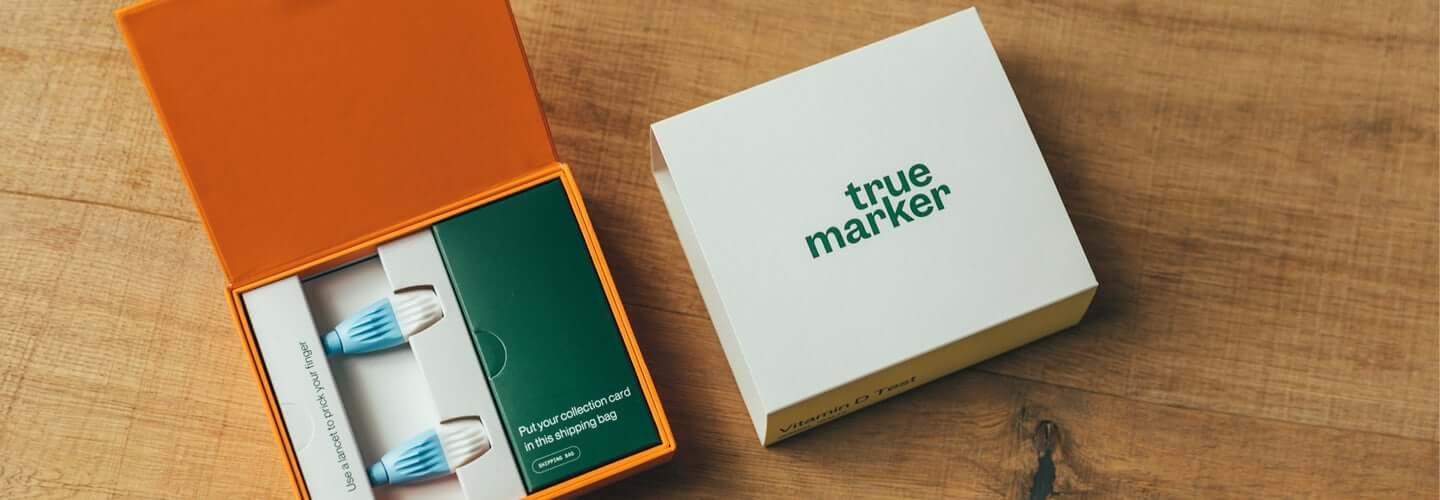Telemedicine: HL7 Integration with CGM LabDAQ

Advancing Telemedicine
The demand for health systems that function rapidly and efficiently is here and growing. Electronic health records, known as EHR’s are a big part of what keeps this evolution expanding. Naturally, the speed and efficiency with which this happens helps health professionals work smarter, and treat patients faster. Below, we provide an example how EHR data-transfers help a startup achieve their business model using an HL7 integration based on CompuGroup Medical’s (CGM) LabDAQ system.
CompuGroup Medical is a company connecting health experts, insurance companies and other care facilities with software services to provide reliable transfer of health records and related data.
CGM’s software system is called LabDAQ, which is the most widely used Laboratory Information System (LIS) in the US. It’s implemented across most healthcare organizations for the purpose of transferring and exchanging electronic health records between agencies.
The Companies and Technology Involved
Before we get into the story let’s learn who’s who and what’s involved. We start with True Marker who approached us for the purpose of an HL7 integration. You might be asking what and who HL7 and True Marker are. Here’s the simple breakdown.
First, HL7 stands for Health Level 7. Used by many health organizations, it’s one of the American National Standards Institute (ANSI) format languages to communicate between medical and health based systems. One can think of it simply as a format for communicating data, similar to CSV, or XML, or JSON. Also worth considering, the creators of HL7 go by a similar name, Health Level 7 International.
Second, True Marker is a company that offers affordable health diagnostic tests from the comfort of home. Each of their at-home test kits is lab-certified by health professionals so users can trust test results are accurate and reliable. Offering a large variety of tests that range from Cholesterol tests to a Metabolism test, it helps purchasers better understand their foundational health.
One more piece of the puzzle that makes this all work is ORDRS. As described on their website, they are “The Lab Testing API for Modern Care Delivery.” To explain, an API can be described as a liaison allowing two different applications, or software systems, to talk to one another. Essentially a technology connecting two other technology softwares together.
The HL7 Integration
Let’s jump into the example of the LabDAQ HL7 integration for True Marker. This showcases how advances in telemedicine can improve preventative health and quality of care. To better understand and appreciate the technology involved, we’ll follow the physical and technical steps that happen when someone orders and completes a successful test kit. Let’s get going.
Software Communication Begins at Registration
The process begins at TrueMarker.com when a user orders a test kit of their choice. Once the kit arrives in the mail, the user registers it through the TrueMarker Portal (a React app that is part of TrueMarker.com) using the Serial Number located inside the test kit.
Once registered, the TrueMarker Portal sends a test requisition to ORDRS’ API. ORDRS facilitates a doctor to review and approve the requisition. Once approved, ORDRS communicates back to the portal allowing TrueMarker to create an HL7 ORM Import File. The portal then sends off the file to the SFTP server to be picked up by LabDAQ software.
Return to Sender (Server)
After the user mails the samples to the dedicated lab, the lab will process the sample and the communication starts again. Once the lab completes processing the user’s sample, LabDAQ software posts an HL7 ORU file back to the SFTP server.
Almost instantly, TrueMarker Portal retrieves the data, parses and stores it, then sends the lab results back to through the ORDRS API for release approval from a doctor. Once approved for release, ORDRS sends the status back to the portal. At last, the TrueMarker Portal notifies the user that test results are available and the user can log back in to view them.
At each step where HL7 files are being exchanged between systems, data is being parsed. Parsing is just a process of reading data out of a format in order to use or interpret it. In this case HL7 ORU and ORM files are being read and portions of their data are being used for the API calls to ORDRS and storage into the TrueMarker Portal’s internal database.
The passage of data through each of these systems contributes to the speed, privacy and quality assurance users expect to receive when submitting a test for review. Telemedicine in practice.
Summary of Steps
User Orders Test on TrueMarker e-commerce site
User receives a test in mail.
User registers test on TrueMarker (TM) Portal
TM Portal sends test requisition request to ORDRS
ORDRS sends approval for the requisition request back to TM Portal
TM Portal generates HL7 ORM Import File for LabDAQ
LabDAQ picks up HL7 File from SFTP server
Users mail samples to the lab
Lab processes samples
LabDAQ posts HL7 ORU Export file back to the SFTP Server
TM Portal sends lab results to ORDRS for release approval
ORDRS sends release approval to TM Portal
TM Portal notifies user and user can see results in the Portal
Conclusion
In this example, True Marker leverages CGM LabDaq, ORDRS and HL7 technology to offer health solutions to the public. By incorporating the technology into their business structure, it further establishes that telemedicine can be used not only by major hospitals but by health and bio-tech startups as well.
An HL7 integration is only one example of how telemedicine has improved the speed of healthcare delivery. Merging technology and healthcare is the optimal choice for companies, hospitals and organizations looking to deliver speedy health data and information to practitioners across the globe. Integrating software systems like CGM LabDAQ are now necessary and common integrations inside of health companies looking to improve the workflow for health professionals.
